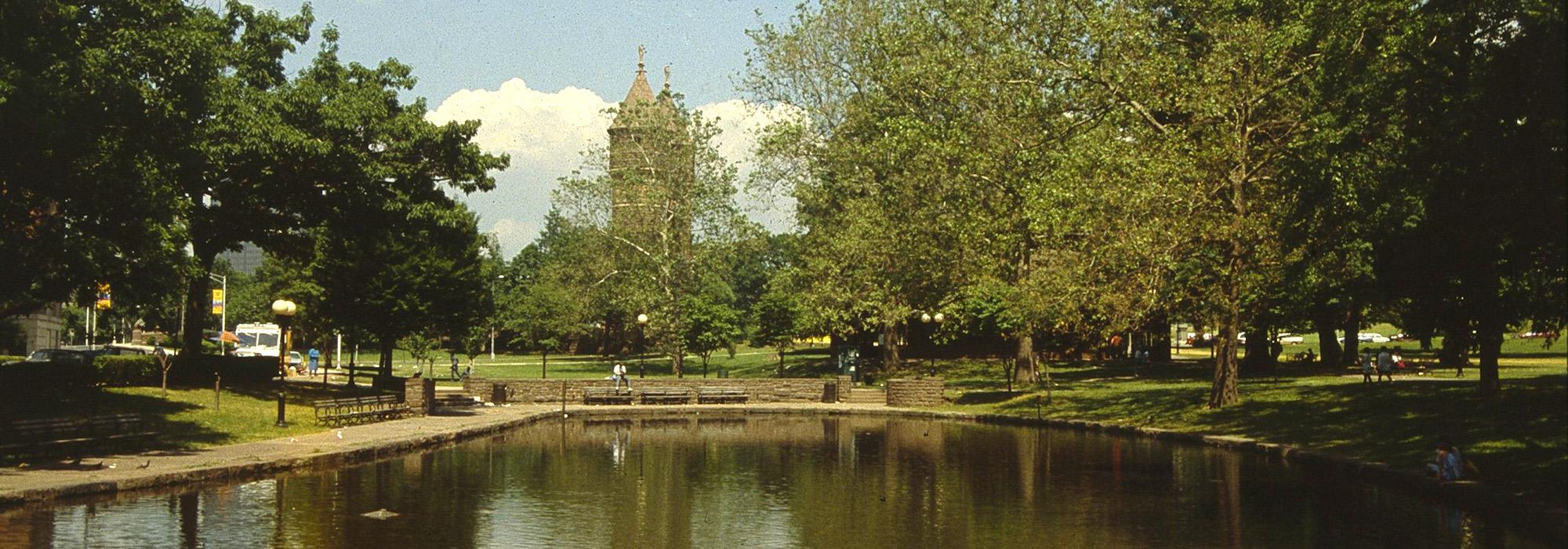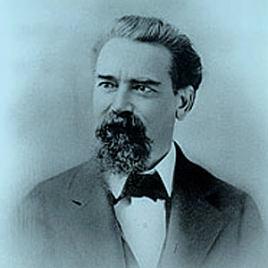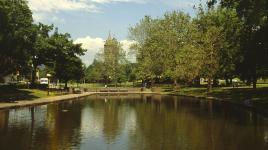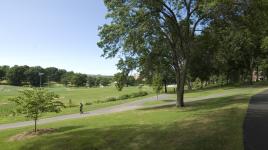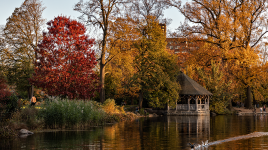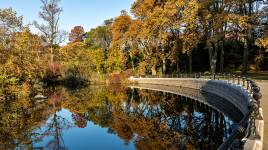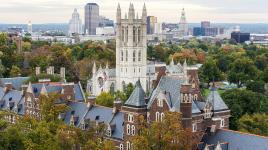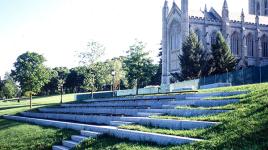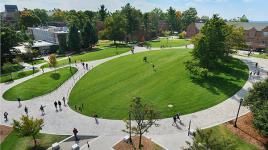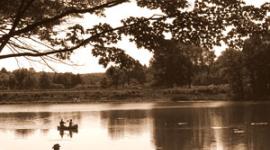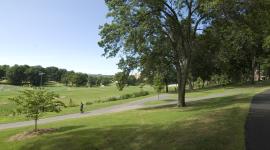Pioneer Information
Born in Winterthur, Switzerland, Weidenmann studied architecture and fine art in Munich before immigrating to the U.S. in 1856. His reputation rests primarily on his association with Frederick Law Olmsted, Sr., as well as his highly regarded cemetery designs. Weidenmann began his career in Hartford, Connecticut, where he worked with Olmsted and Calvert Vaux on the Hartford Retreat for the Insane. Olmsted described Weidenmann’s first book, Beautifying Country Homes (1870), as a “standard work,” and Mariana Griswold van Rensselaer noted it as one of the best books on landscape gardening. Weidenmann worked on a variety of large commissions with Olmsted, including Prospect Park (with Vaux), the U.S. Capitol grounds, and the Schuylkill Arsenal. His major independent commissions include designs for Cornell University campus and the Iowa state capitol grounds in Des Moines. Weidenmann became superintendent of the Mount Hope Cemetery in Chicago and subsequently published Modern Cemeteries (1888), in which he championed the “lawn plan," which prohibited enclosing individual or family plots with railings.
In 1876 Weidenmann received a citation from the U.S. Centennial Commission. Harvard University's Jacob Weidenmann Prize, awarded annually to an outstanding student in landscape architecture, honors his significant accomplishments as a designer and his commitment to an emerging profession.



